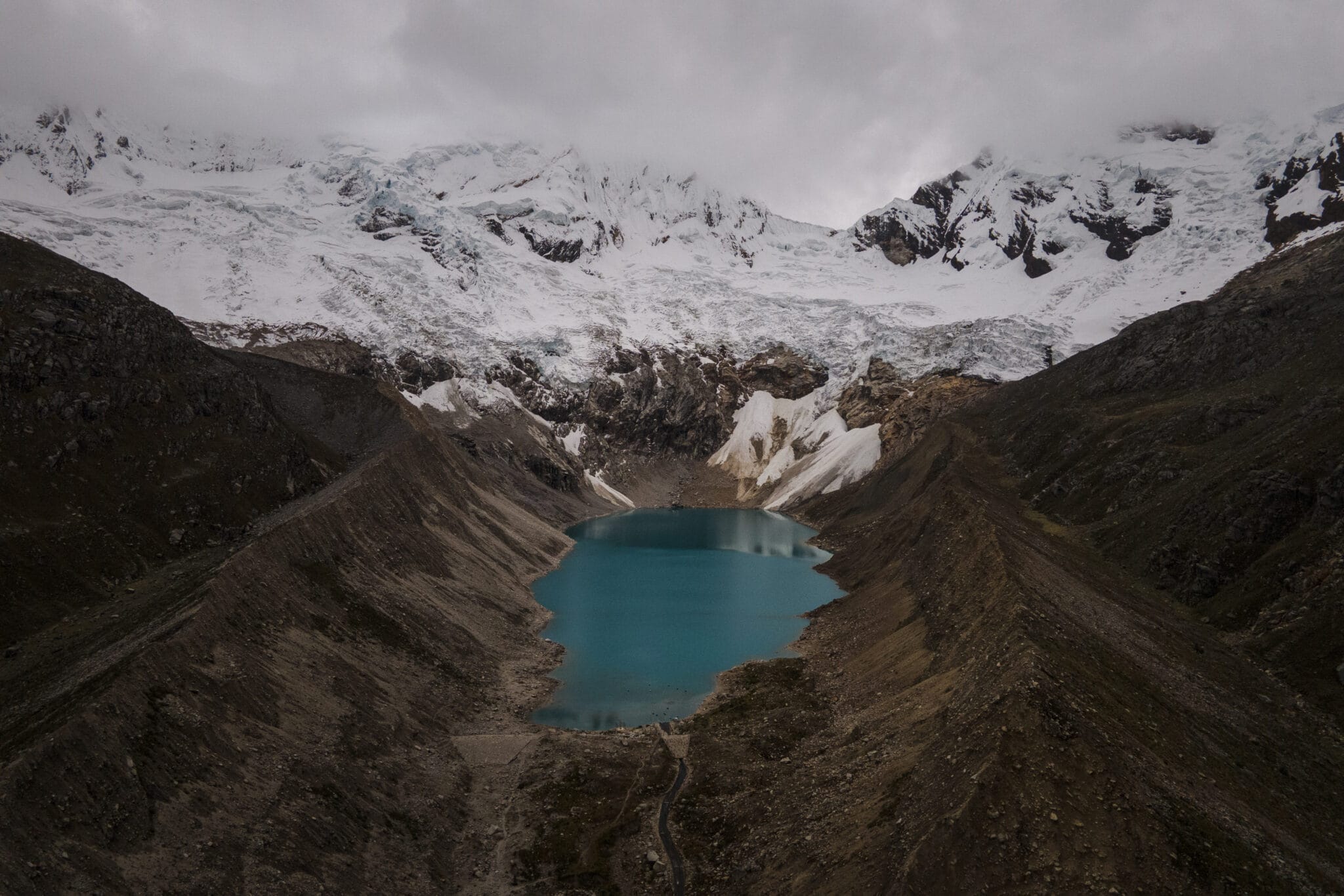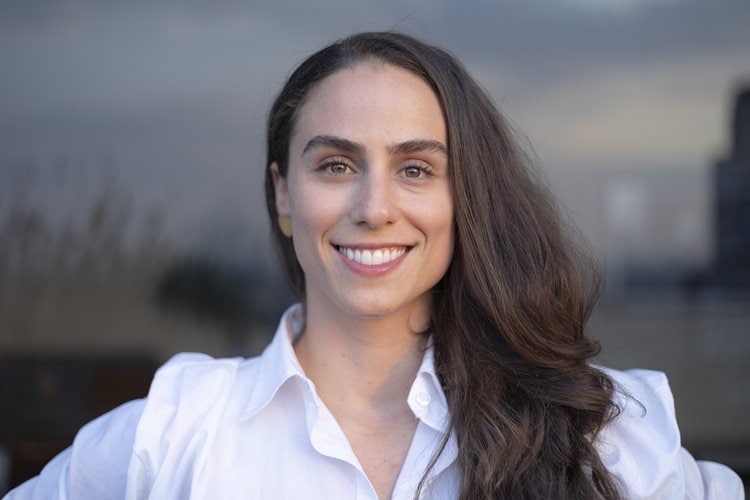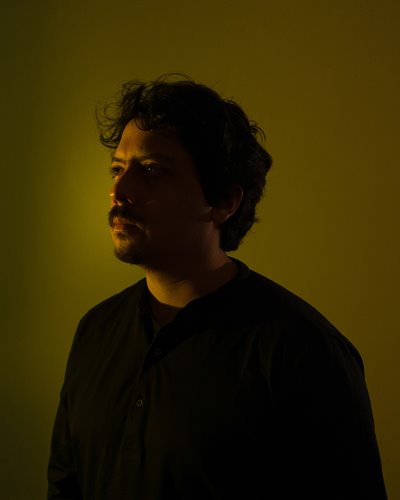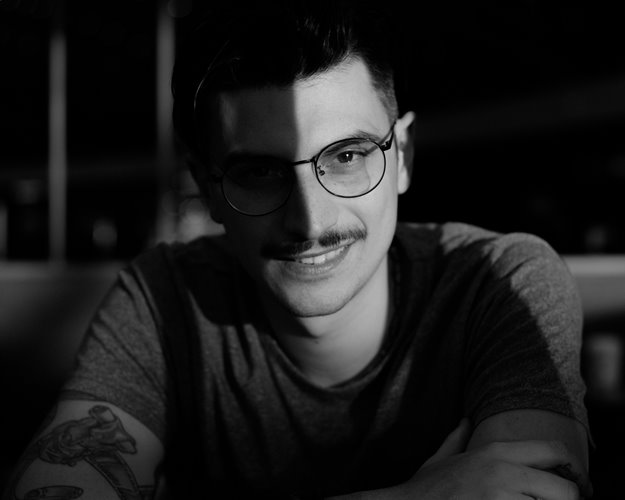
World Press Photo South America 2023 | VIST Talk with the Winners
VIST Projects celebrates three years, and to mark the occasion, we had a powerful conversation with the winners of World Press Photo South America: Fabiola Ferrero (Long-term projects), Johis Alarcón (Open format), Musuk Nolte (Singles), and Alessandro Cinque (Stories).
Our colleagues Gisela Volá and Marcela Vallejo moderated the discussion and addressed critical themes in contemporary reflection on photography in the region. Among them, the conditions of production: a significant fact is that all four winning projects received grants before the World Press Photo competition. Our guests highlighted that photography draws from research and shared experiences with the depicted communities and that this is necessarily a lengthy process that requires funding. This raises some uncomfortable questions. For instance: who funds these narratives? Most grants are not local. What impact does this have on photographic records in Latin America?
Other reflections pertained to the standpoint of the works. An important change in the most recent edition of World Press Photo is that the competition has been divided into regional contests, with juries composed of specialists from those same regions. That contributes to diminishing the Eurocentric perspective that has characterized global resonance photography competitions.
Finally, a topic that isn’t often mentioned is the concern of photographers for safety. Johis Alarcón noted, for instance, that not all local stories can be pursued by Latinx photographers, as they often face risks that foreign professionals do not necessarily encounter.
You can watch the complete talk here:
About the participants

Fabiola Ferrero (1991) is a journalist and photographer born in Caracas, Venezuela.
Drawing on her background as a reporter, Ferrero develops long-term visual projects focusing on South America, particularly the crisis facing her country. Her work stems from the contrast between her childhood memories and the current situation in Venezuela. Interested in providing opportunities to other photographers newly arrived in the region, Fabiola founded Semillero Migrante, a photography mentoring program centered around migration. Her accolades include the Inge Morath Award, the Carmignac Photojournalism Award, the 6Mois Photojournalism Award, and the Getty Images Editorial Grant. She was a Magnum Foundation Fellow for the Social Justice Program in 2018 and a finalist for the Alexia Grant, the Eugene Smith Memorial Fund, and the Leica Oskar Barnack Newcomer Award. In addition to conducting independent research in Latin America, her work has been featured in TIME, The New York Times, National Geographic, M Magazine, and Le Monde, among others.

Johis Alarcón (1992) is an independent photojournalist and visual storyteller based in Ecuador. Her work revolves around social justice, human rights, identity, and gender issues. Alarcón is a National Geographic Explorer and a member of Ayün Fotógrafas, Fluxus Foto, Visura.Co, Fotoféminas, Women Photograph, and Diversify Photo. She is the author of “Cimarrona: Soy Negra porque el sol me miró KWY,” a published book (2022).
Her work has been exhibited at Photoville NYC, the Latin American Photography Festival Bronx Documentary Center (2019-2020), Montevideo Photography Center (2021), and has been featured in The New York Times, National Geographic, The Wall Street Journal, The Guardian, Bloomberg, De Volkskrant, Reuters, among others. Alarcón’s recognitions include the Inge Morath Award (2022), the Magnum Foundation Photography and Social Justice Fellowship (2021), the Community Awareness International Photographer of the Year Award (2021), First Place in Photographer of the Year Latin America Health Category (2020), FotoEvidence Book Award – CovidLatam (2021), Magnum Foundation Found COVID-19 Fellow (2021), Open Society and Gabo Foundation Fund for Drug Research and New Narratives (2020), Will Riera Award (2019), Everyday Projects and Visura Co Mentorship (2018-2019).

Musuk Nolte is a photographer, documentary filmmaker, and editor. His work traverses the realms of documentary and artistic photography to address social themes such as memory and environmental degradation. Throughout his career, he has frequently collaborated with Andean and Amazonian communities and cultures, integrating their diverse worldviews and the history of violence they have faced into his images. Nolte graduated in professional photography, specializing in contemporary photography, and has since presented 16 solo exhibitions. His work has been featured in various group exhibitions at events like ParisPhoto, Les Rencontres d’Arles, and the III Bienal Photoquai. He has published six books and has received grants from institutions such as the Magnum Foundation and the Pulitzer Center. Nolte is a National Geographic Explorer and a fellow of the Bertha Foundation. He is the founder and editor of KWY Ediciones, an independent publishing house and platform for visual narratives by Latin American authors. He is also a member of the research team at VIST Projects.

Alessandro Cinque (born in 1988) is a photojournalist based in Lima, Peru, whose work delves into environmental and sociopolitical issues in Latin America, particularly the devastating impact of mining on Quechua indigenous communities and their lands. Through his work, Cinque documents environmental pollution and public health issues among indigenous communities living along Peru’s mining corridor. He is committed to capturing the effects of pollution that pervade crops, livestock, and homes of people residing near mining operations. Cinque’s photographs have been published in international media outlets such as The New York Times, National Geographic, The Wall Street Journal, The Washington Post, The Guardian, Al Jazeera, 6Mois, GEO, Stern, and Libération. His work has been exhibited in Italy, France, Spain, the United States, Russia, and Peru. It has been recognized as a finalist or winner of prestigious international awards, including the Eugene Smith Grant, POYi, Leica Oskar Barnack, Alexia Grant, Luis Valtueña, Sony Award, and Stenin Contest. He received the National Geographic Society’s Emergency Fund for Journalists (2021) and the Pulitzer Center on Crisis Reporting Fund (2021). In 2022, his work was featured on the cover of National Geographic, and he became a National Geographic Explorer. In January 2023, he published his first fanzine, showcasing his work on Quechua indigenous communities over the past six years.


